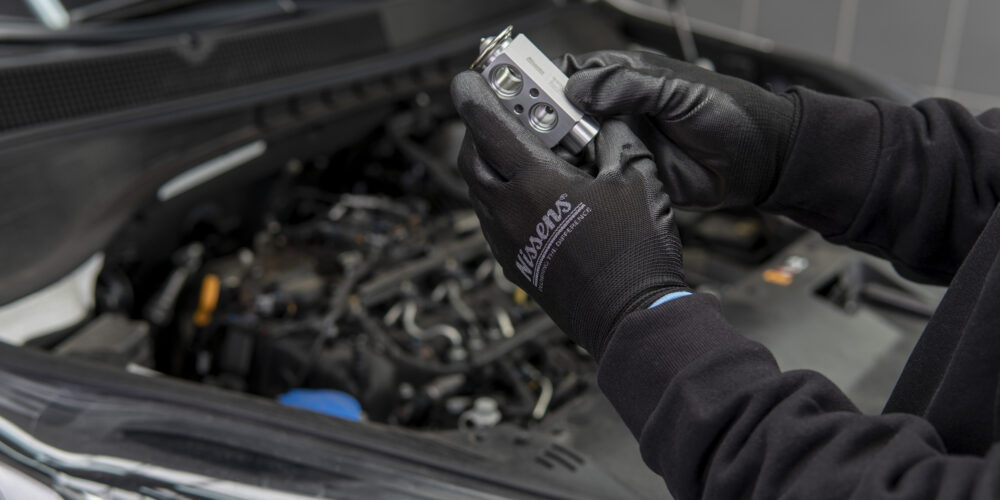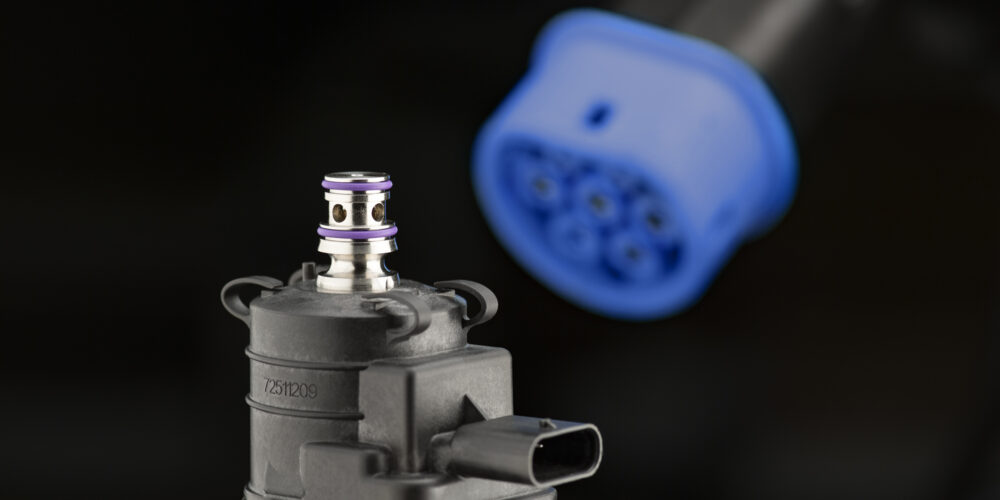Bridgestone Commences Pyrolysis Test of Used Tire Recycling
Bridgestone Corporation today announced that it has commenced the production of tire derived oil and recycled carbon black through pyrolysis of used tires using test units installed at Bridgestone Innovation Park in Kodaira City, Tokyo. This initiative is aimed at promoting the social implementation of chemical recycling technologies that enable precise pyrolysis of used tires. The scope of this initiative is indicated by the red boxes in the chemical recycling diagram below.
This project is one of two R&D projects that are part of an initiative for developing chemical product manufacturing technologies utilizing used tires promoted by the New Energy and Industrial Technology Development Organization (NEDO) of Japan and has been adopted as part of NEDO’s Green Innovation Fund. Bridgestone is currently advancing verification tests on this project as part of a joint project with ENEOS Corporation.*1 This test is aimed at promoting the social implementation of chemical recycling technologies for achieving high-yield production of chemical products, such as butadiene, a raw material used in synthetic rubber. The companies are moving forward with research and development on the technologies for refining tire derived oil obtained through precise pyrolysis to create butadiene and other chemical products of ENEOS, which boasts crude oil refining technologies and foundational basic chemical product manufacturing technologies, and the precision pyrolysis technologies of Bridgestone, which possesses advanced rubber and polymer material design technologies. Under this project, large-scale verification tests will be advanced by 2030 with the goal of achieving mass production, and the production of tire derived oil and recycled carbon black through pyrolysis of used tires using test units is the first step toward achieving this goal.
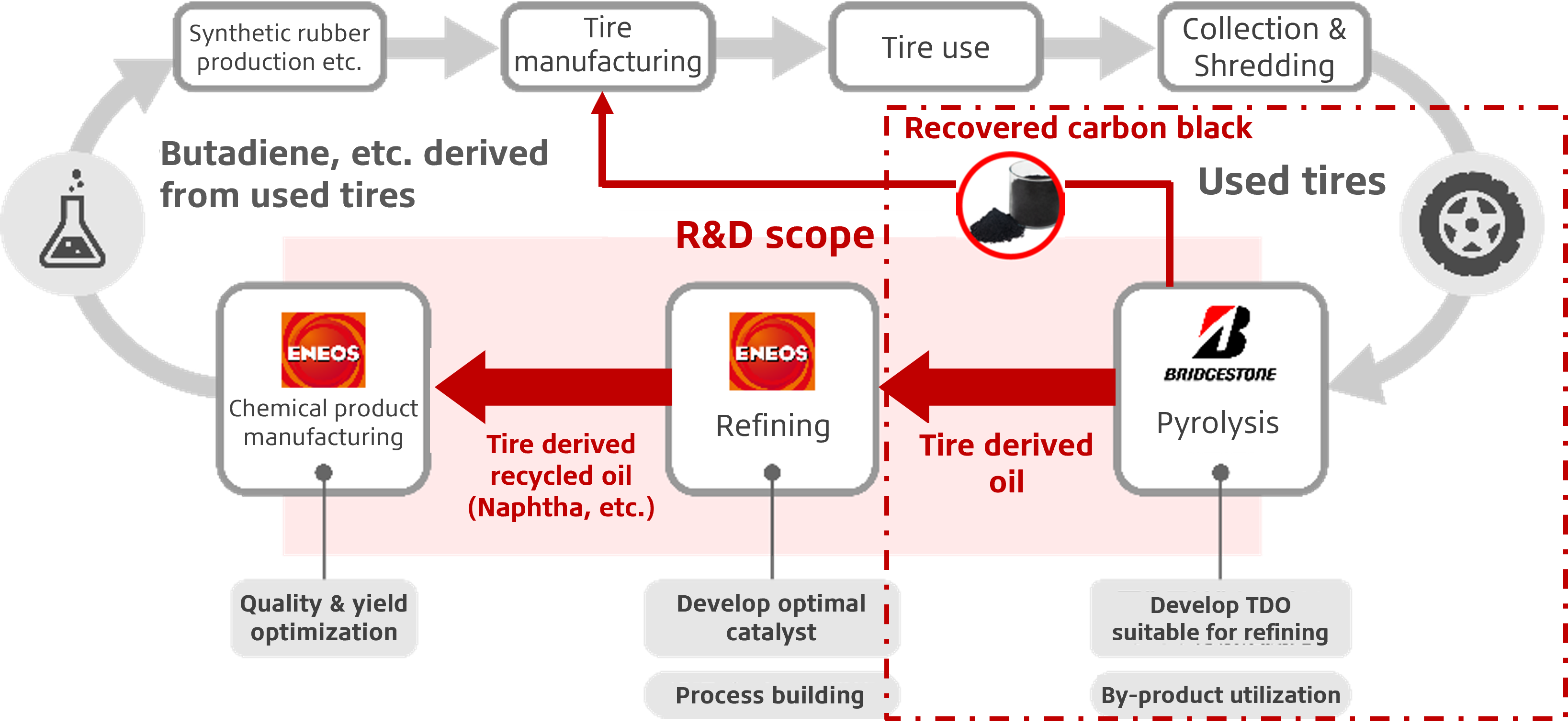 Chemical Recycling through Precise Pyrolysis
Chemical Recycling through Precise Pyrolysis
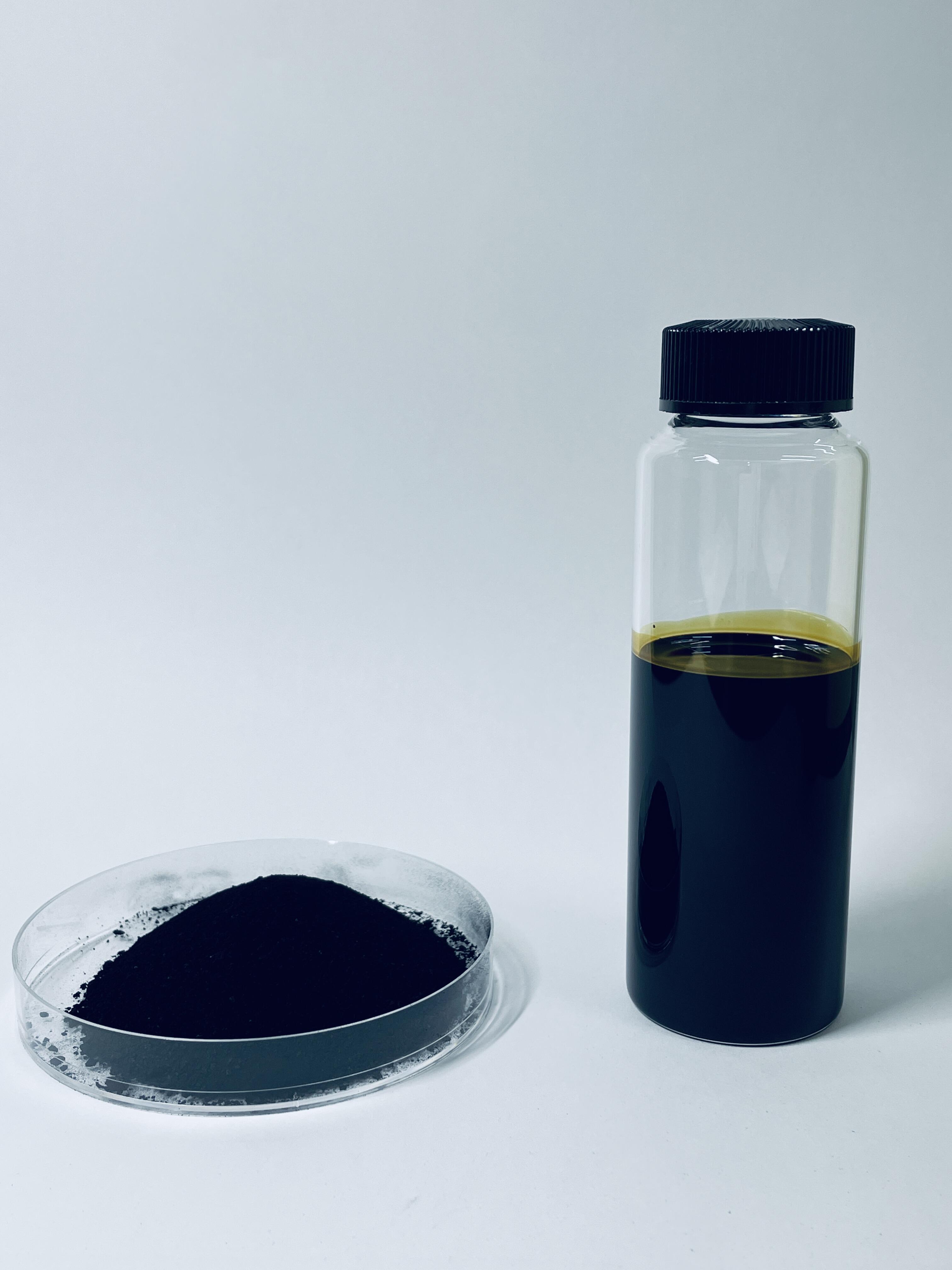 Recycled carbon black (left) and tire derived oil (right)
Recycled carbon black (left) and tire derived oil (right)
Bridgestone has placed sustainability at the core of its management and business and strives to realize its vision of “Toward 2050, Bridgestone continues to provide social and customer value as a sustainable solutions company.” Bridgestone is accelerating initiatives for contributing to a realization of carbon neutrality and a circular economy across the entire value chain, in all of its “produce and sell,” “use,” and “renew” phases of its Dan-Totsu Products and evolving its unique Sustainability Business Model that ensures integration of sustainability into business model toward nature positive*2. This initiative aimed at promoting the social implementation of chemical recycling technologies utilizing used tires is one of Bridgestone’s important initiatives as setting an target of “Towards 100% Sustainable material” (vision for 2050) *3 for contributing to a realization of a circular economy.
Bridgestone launched the EVERTIRE INITIATIVE*4 in April 2022. This program is designed to shape a future in which tires are recycled to create new tires as they are returned to rubber and other raw materials through co-creation with various partners and recycled as EVER (always, forever, and everlasting) tires. By accelerating initiatives through co-creation with partners, Bridgestone strives to fulfill its corporate commitments of “Ecology: Committed to advancing sustainable tire technologies and solutions that preserve the environment for future generations” and “Energy: Committed to the realization of a carbon neutral mobility society” described in the “Bridgestone E8 Commitment.”*5
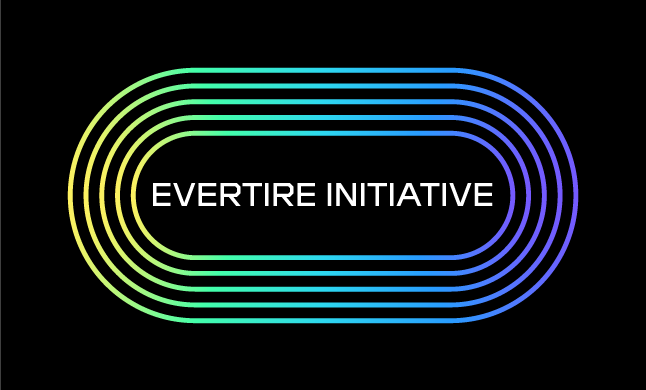
This progress is a part of results from an initiative adopted and promoted by the New Energy and Industrial Technology Development Organization (NEDO).
- Bridgestone and ENEOS Launch Joint Project Focused on Producing Tire Raw Materials from Used Tires (February 18, 2022)
https://www.bridgestone.com/corporate/news/2022021801.html - Nature positive: The term “nature positive” refers to action for stopping or reversing losses to biodiversity and natural capital with the goal of spurring the recovery of the natural environment. It is used to highlight transitions to social and economic activities aimed at reducing the impact of businesses on biodiversity and natural capital, preserving and restoring natural bounties, and using natural capital in a sustainable manner.
- Long-term environmental vision: Looking ahead to the world in 2050:
https://www.bridgestone.com/responsibilities/environment/vision/2030/ - EVERTIRE INITIATIVE:
https://www.bridgestone.com/products/evertireinitiative/index.html - The Bridgestone Group established its corporate commitment, the “Bridgestone E8 Commitment,” to help it realize its vision: “Toward 2050, Bridgestone continues to provide social value and customer value as a sustainable solutions company.” This commitment will serve as the Group’s axis to drive management while earning the trust of future generations. The “Bridgestone E8 Commitment” consists of eight uniquely Bridgestone values starting with the letter “E” (Energy, Ecology, Efficiency, Extension, Economy, Emotion, Ease, and Empowerment) that the Group will commit to creating through distinctly Bridgestone purposes and processes, together with employees, society, partners, and customers to help realize a sustainable society.
https://www.bridgestone.com/corporate/news/pdf/2022030101.pdf


